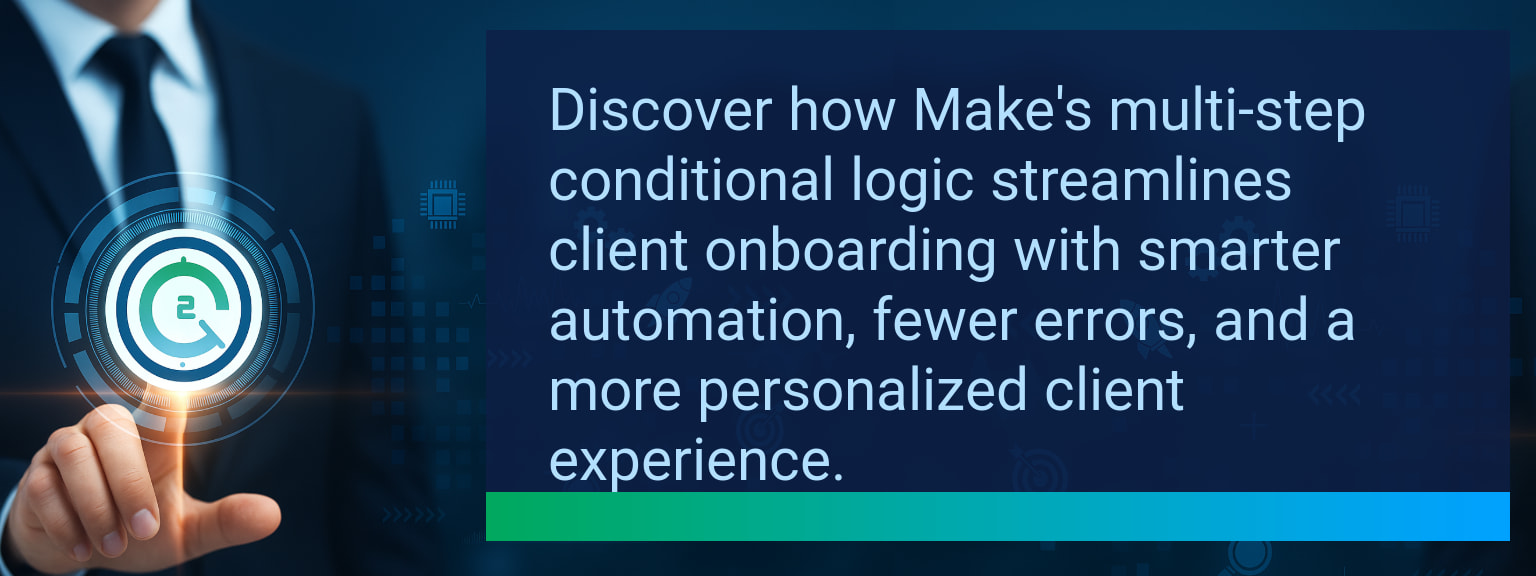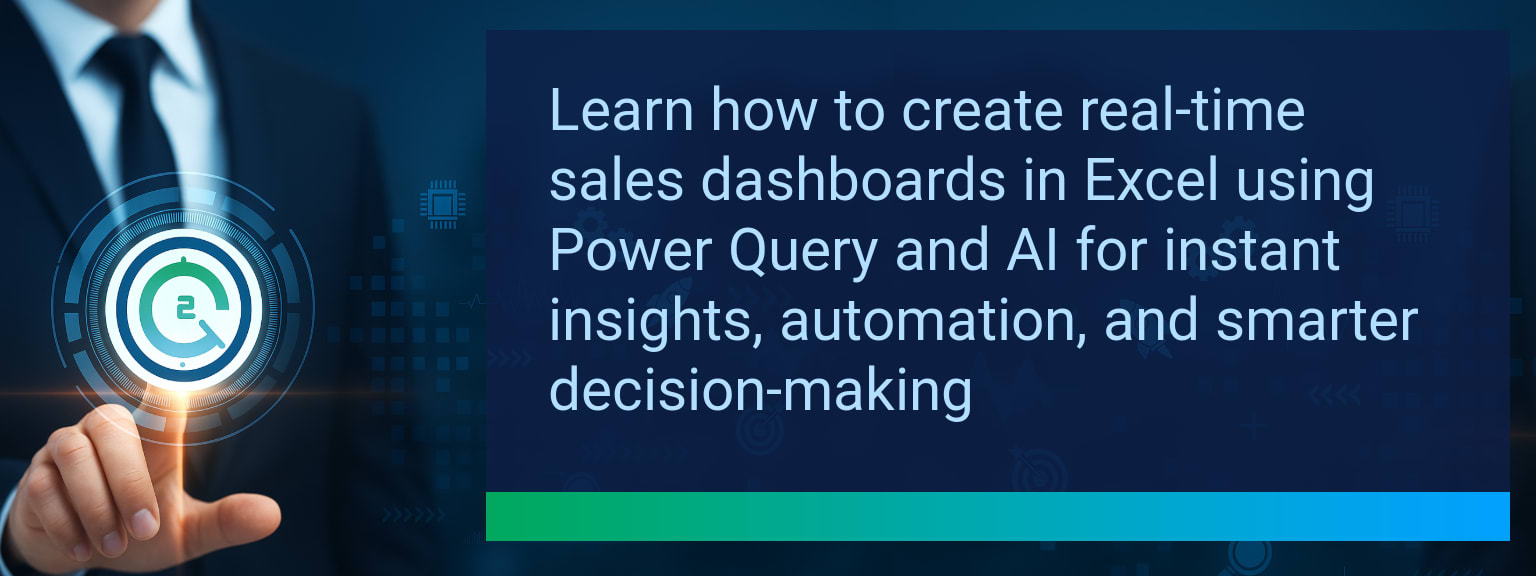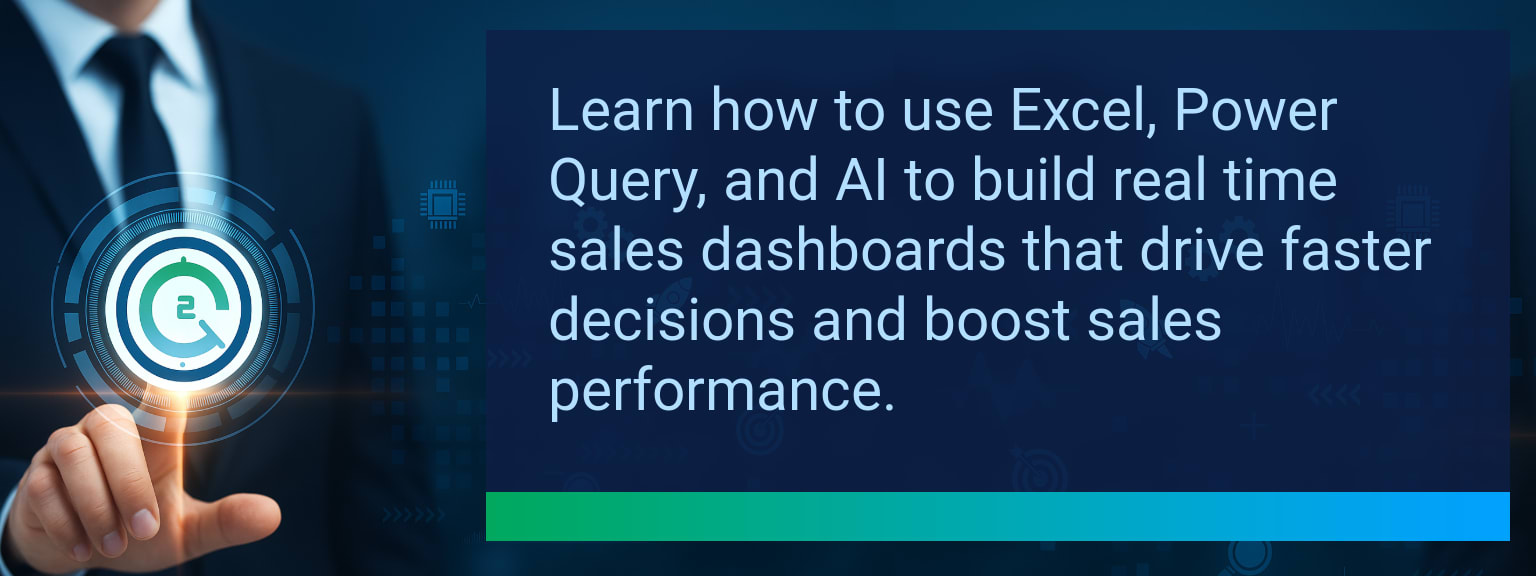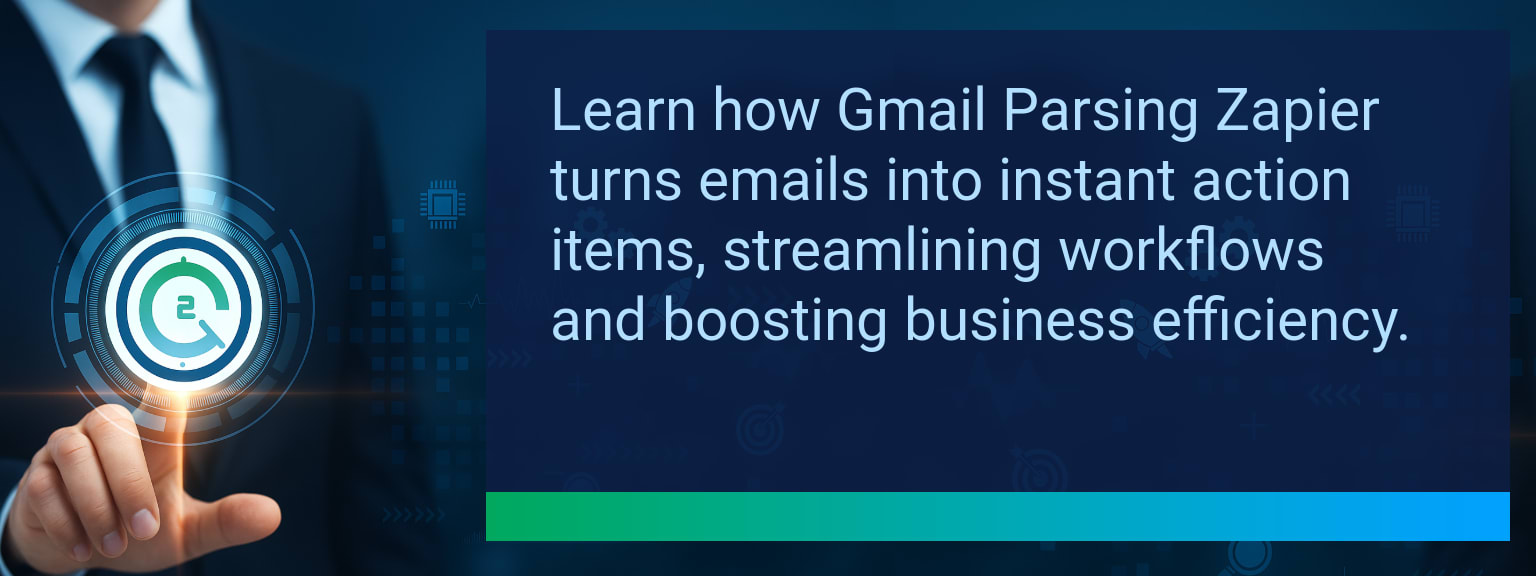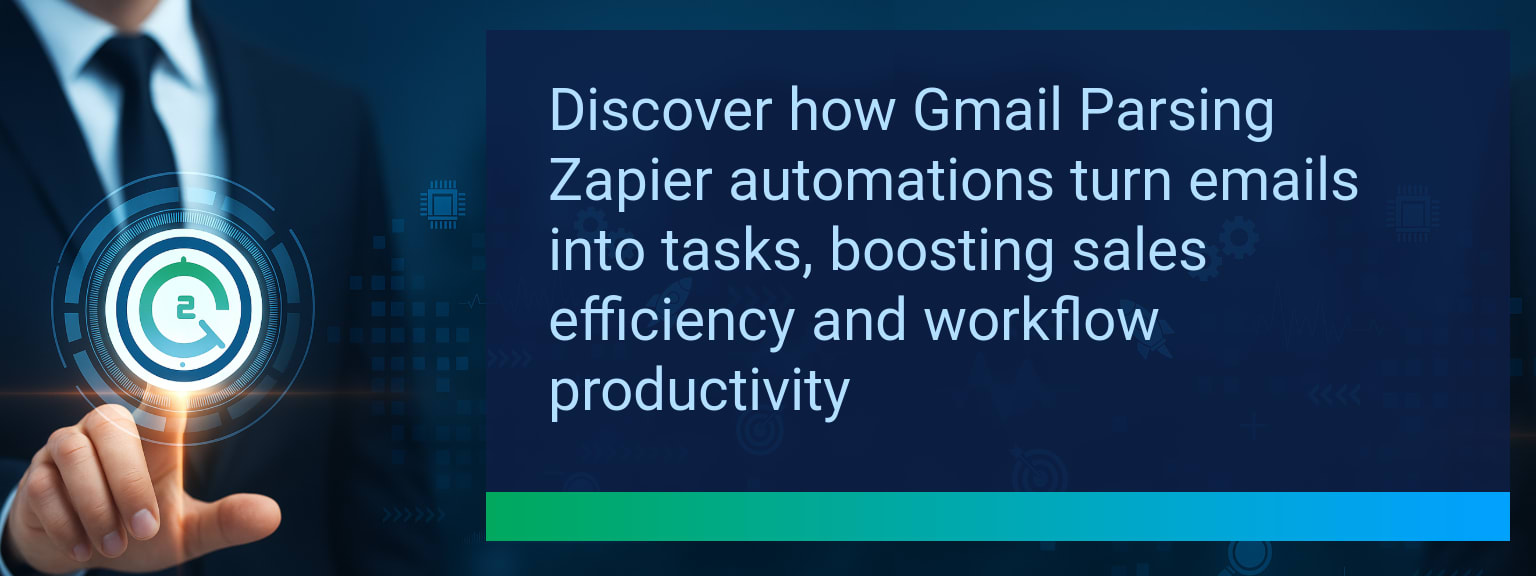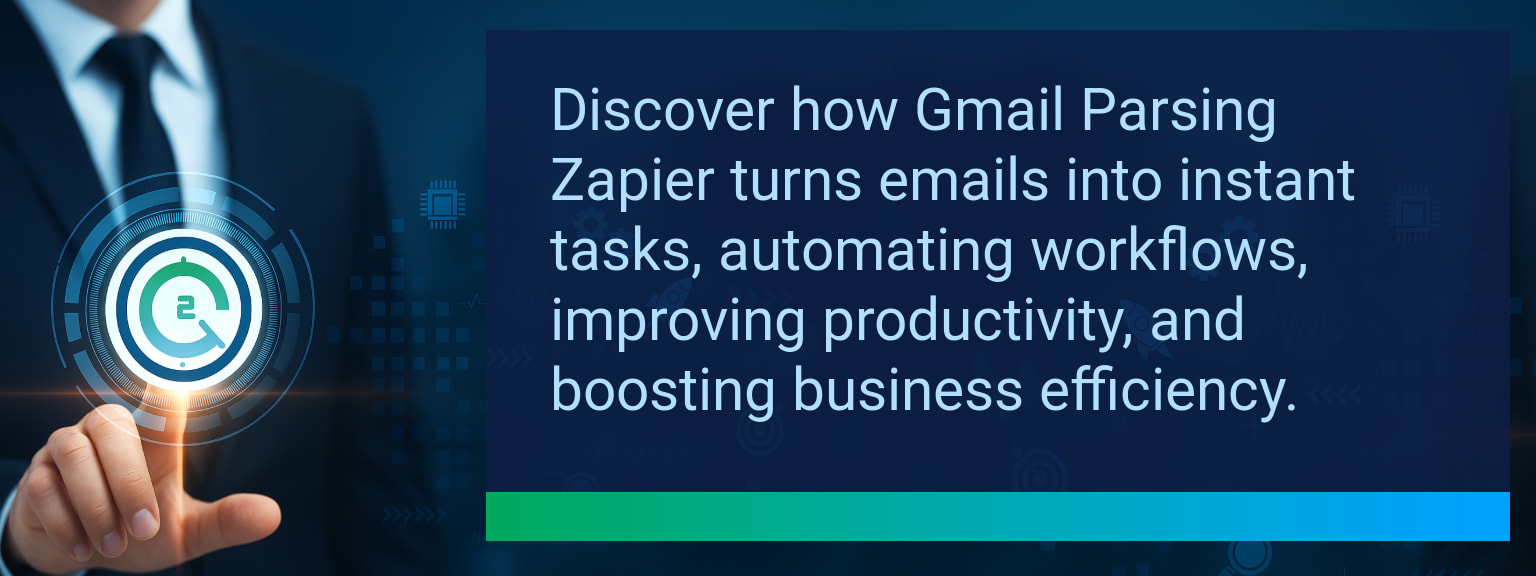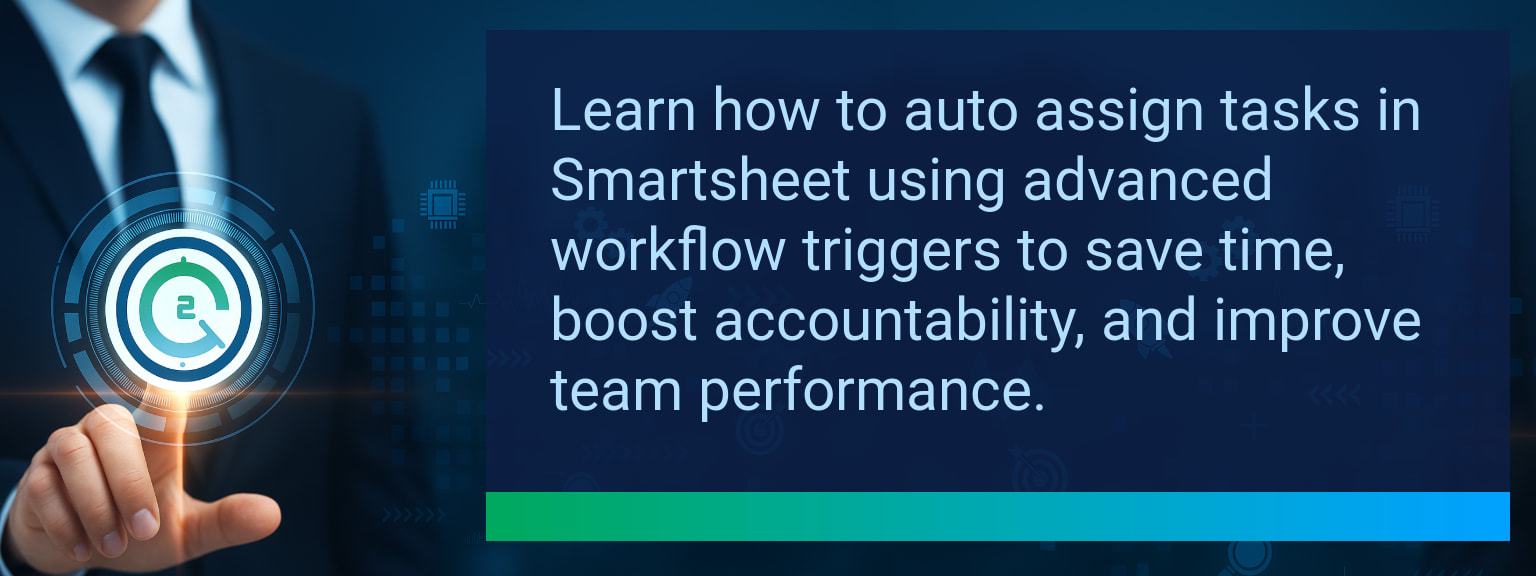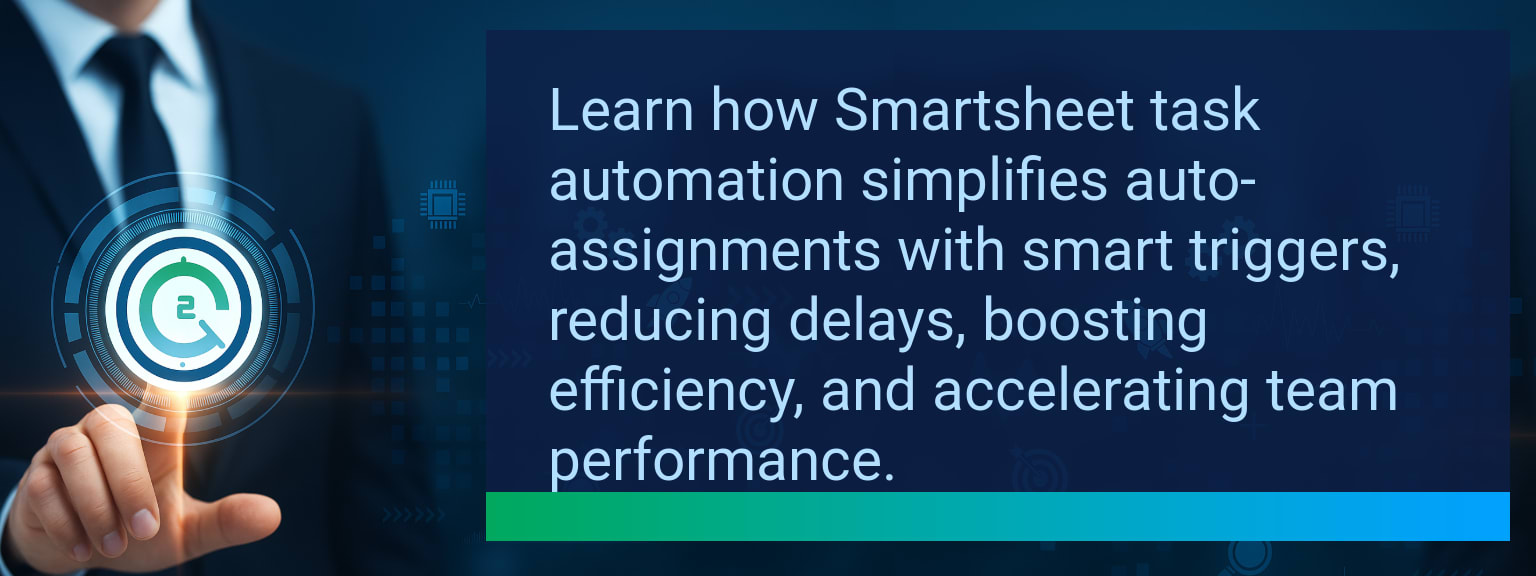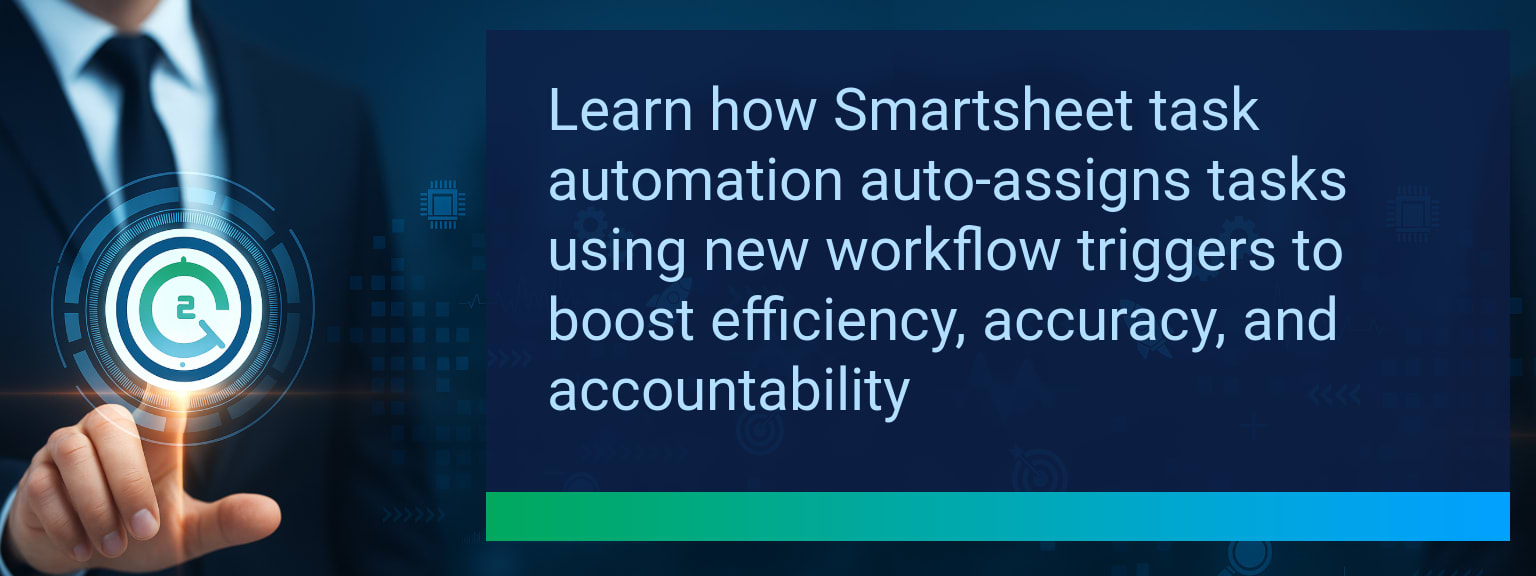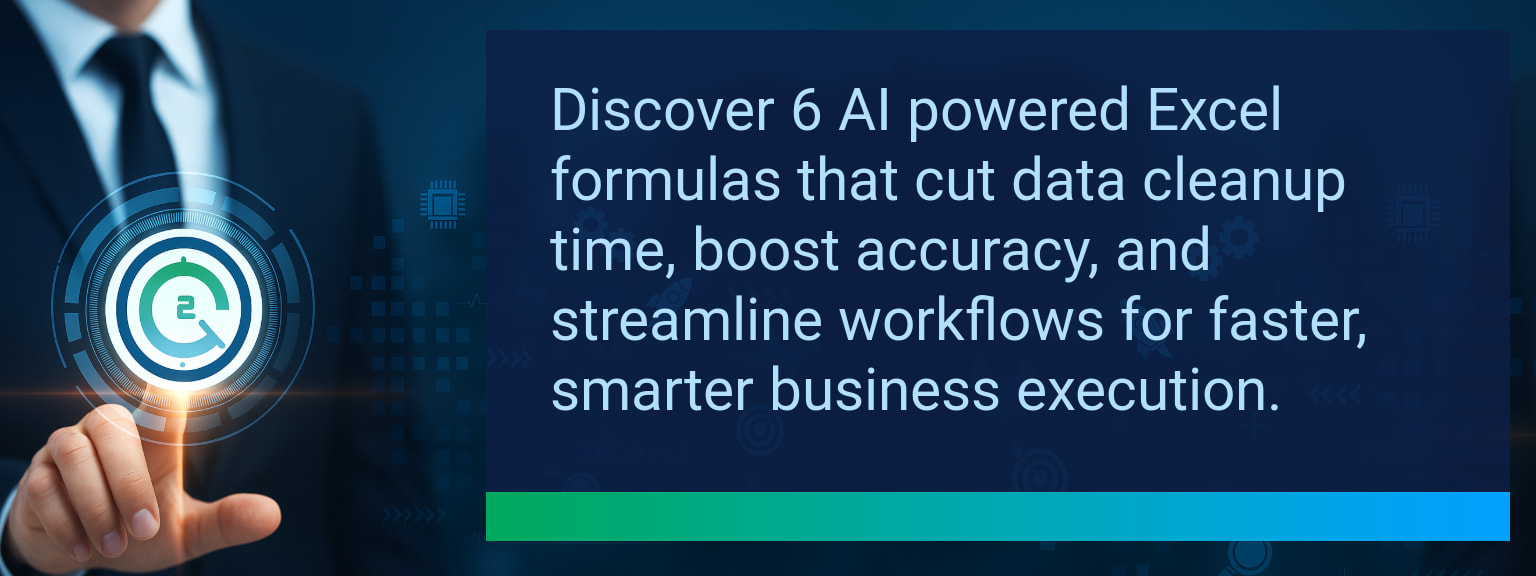Smartsheet Automation Triggers and How to Use Them for Project Tracking
Project leaders know the hidden cost of lost time: waiting on updates, chasing down tasks, and filling gaps left by inconsistent reporting. According to PMI research, 37% of projects fail due to unclear objectives or poor tracking systems. That’s why Two Minute Tech Tips is spotlighting the latest Smartsheet Automation Triggers—an evolution that makes project tracking automation seamless, timely, and smarter. By replacing manual follow-ups with event-driven workflows, teams gain real-time visibility into progress, bottlenecks, and risks. In this guide, you’ll see exactly which automation triggers are new, how they reduce repetitive tasks, and specific ways to leverage them for smoother collaboration, more predictable timelines, and more reliable sales and performance analytics results.TL;DR — Direct Answer
- Trigger workflows from row creation or updates for instant task intake.
- Automate alerts when task status or key cell values change.
- Use date-based reminders and escalation workflows for deadlines.
- Update multiple sheets at once for cross-project visibility.
- Build conditional workflows with multi-criteria rules to focus on what matters.
Smartsheet Automation Triggers: What Changed and Why It Matters
Smartsheet’s latest automation features push project management tools into a more adaptive space. Instead of spreadsheets acting as static trackers, they now operate like live, connected systems. Event-driven triggers eliminate lag, creating a source of truth that stays updated across every team. For professionals focused on revenue operations, sales automation, or CRM optimization, this means fewer errors and faster handoffs between business units. Whether tracking client requests, onboarding new deals, or monitoring budget overruns, automation transforms tracking into a proactive workflow integration process.
What’s the one manual update in your workflow that you’d love to automate today?
Common Workflow Challenges Hindering Project Progress
Manual systems often create bottlenecks. Waiting for updates leads to missed deadlines, while unclear responsibility stalls decision-making. Sales teams, for example, may lose pipeline momentum if updates from marketing or operations lag behind. These workflow blockers directly impact productivity and performance analytics, making it difficult to scale efficiently. Without real-time automation, dashboards lose accuracy, leading to reactive rather than proactive project tracking.Leveraging Automation To Simplify Project Tracking
Smartsheet Automation Triggers address these challenges by activating workflows the moment conditions change. A new row signals intake of a client request, a status change moves a task into review, or a due date automatically pushes reminders into inboxes. For sales and project leaders, these triggers mean improved data accuracy, synchronized pipeline updates across CRM systems, and alignment between sales automation and delivery teams. The result is less context-switching and more time dedicated to execution.
Scope: Choose one segment or product line, one enablement objective, one frontline team.
Business Impact Of Using Event Driven Automation
Event-driven workflows build momentum by keeping all stakeholders aligned automatically. When updates flow seamlessly into dashboards, project sponsors get visibility without asking. Alerts and conditional workflows ensure leaders intervene only when thresholds are breached, such as budget overruns or delayed milestones. The tangible impact is measurable: reduced update delays, better cross-team alignment, and fewer missed deadlines. Over time, these efficiencies compound into stronger project delivery and more predictable revenue streams.Future Of Intelligent Workflow Integrations
As Smartsheet integrates AI, workflows will not only trigger based on events but suggest predictive actions. Project tracking automation will anticipate risks rather than react to them. This evolution aligns with broader digital transformation trends, where CRM optimization, workflow integration, and sales enablement converge into adaptive revenue systems. Forward-looking leaders should experiment now with automation triggers to build comfort with event-driven execution. Starting small—like deadline reminders—makes it easier to expand toward fully intelligent workflows.| Category | Metric | Definition | Target |
|---|---|---|---|
| Leading | Automation Execution Success | % of triggers firing as expected without manual fixes | 95%+ |
| Leading | Time to Workflow Activation | Minutes taken to set up and confirm first automation | ≤ 15 minutes |
| Lagging | Weekly Time Saved | Hours reduced in manual updates per user per week | 3+ hours |
| Lagging | Deadline Compliance Improvement | % increase in tasks completed on time post-automation | 20%+ |
| Quality | Ease-of-Use Rating | Average user rating on setup and usability (1–10 scale) | 8+ |
| Quality | Workflow Adoption Consistency | % of users maintaining active automations across 4+ weeks | 85%+ |
View More Tips to Boost Your Productivity
Explore more quick, actionable tips on AI, automation, Excel, Smartsheet, and workflow tools to work smarter every day.



